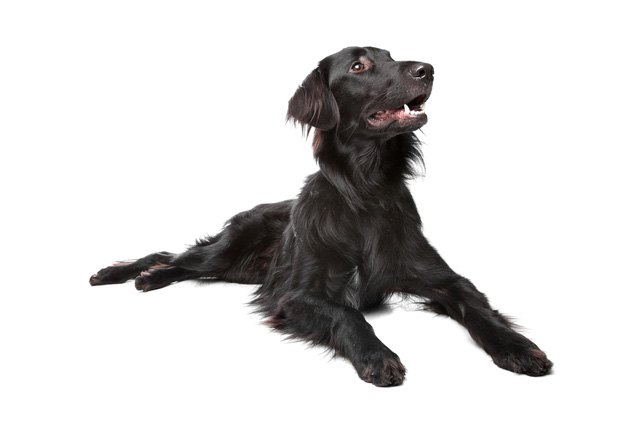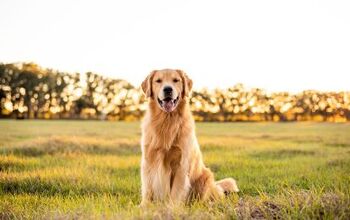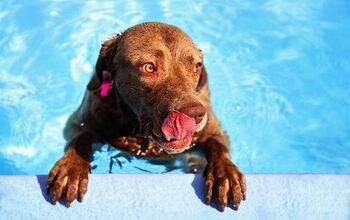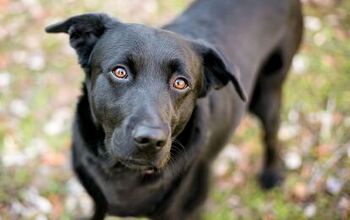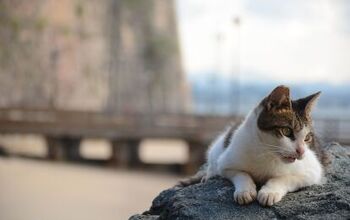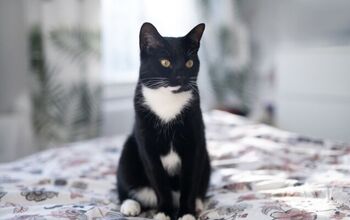Flat-Coated Retriever


About Flat-Coated Retriever
A wonderful family companion, the Flat-Coated Retriever (known by enthusiasts as Flatties) is cheerful, optimistic and good-humored – a true Retriever in every sense. This breed loves to be outdoors and will willingly play fetch for hours. And after a long day of playing, he’ll want to cuddle with you for a relaxing night indoors.
The Flat-Coated Retriever loves kids, which makes him the perfect fit for most families. He’s great for people who like to stay active, as well as for hunters. Outgoing, active, sweet, and lively, you’ll be hard-pressed to find a happier dog than the Flat-Coated Retriever. Read on to learn more about this amazing breed.
A wonderful family companion, the Flat-Coated Retriever is cheerful, optimistic and good-humored – a true Retriever in every sense.
He may look like a Labrador Retriever, but the Flat-Coated Retriever is a breed all its own. This breed originated in England around the 19th century as a dual-purpose land and water game retriever. S.E. Shirley is the man most credited with the breed’s development, as was H. R. Cooke of Riverside Kennel.
The Flat-Coated Retriever proved to be a popular hunting dog through the end of World War I. As the Labrador and Golden Retrievers became more popular, this breed fell out of favor – in fact, it almost became extinct! But in the mid-1960s, fans of the breed brought it back. Even though its numbers has risen, it’s still not as popular as it once was and is considered a rare breed.
The Flat-Coated Retriever is the result of crossing the Newfoundland with various types of setters, sheepdogs, spaniels and water dogs. Invaluable to fishermen, Flatties were traded between Britain and North America and fell into the generic “Labrador” category. Eventually, the Wavy-Coated (subsequently Flat-Coated) Retriever took shape and took its place as its own breed.
This is one active dog, so you’ll need to feed your Flat-Coated Retriever accordingly. Depending on what dry-food kibble you are feeding your dog, the amount will range from 3.5 to 4.5 cups a day, divided into two meals. And you should always feed your Flattie a high-quality dry food.
The Flat-Coated Retriever is slow to mature and this means he can be a bit of a challenge to train.
The Flat-Coated Retriever is slow to mature and this means he can be a bit of a challenge to train. This breed can be willful and will test your boundaries. You’ll need to have plenty of patience and lots of rewards to get your point across with this breed. Employ positive training techniques with the Flattie for the best results. Harsh discipline will only result in willful behavior, and since this is such a sensitive breed, you won’t make any headway with your training.
House training efforts may prove to be more fruitful. Introduce a crate as soon as possible – this will ensure that your Flat-Coated Retriever will stay out of trouble when you aren’t around to watch him. Another habit you may need to break your Flattie from is coprophagy (eating poop). Pick up after your dog as soon as he finishes his bathroom break – that way, there will be no delectable morsels for him to eat.
The Flat-Coated Retriever’s weight ranges from 60 to 70 pounds.
These breed is beyond happy. To them, everyone is their best friend… which is why the Flat-Coated Retriever makes a poor guard dogs. And it’s not just with people – the Flattie also gets along well with other household pets.
The happy, exuberant Flat-Coated Retriever won’t outgrow their puppyhood for a while, so expect a bouncy, upbeat dog for many years. They like jumping up on people to give them a kiss, so you’ll need to teach good manners as soon as he comes into your home.
A mouthy breed, the Flat-Coated Retriever will pick up most things with his mouth and take off running with it. They also like to chew on people’s hands and feet. Training is essential to curb this habit, as are plenty of toys that he can chew on.
Flat-Coated Retrievers can develop separation anxiety. Because they enjoy chewing, this means that he will turn on household items if he’s left alone for too long. This isn’t the breed for people who work long hours – he needs a stay-at-home parent to keep him company.
The Flat-Coated Retriever main health concerns are cancer, bloat, hip and elbow dysplasia, entropion, distichiasis, micropapilla, glaucoma and progressive retinal atrophy. As well, this breed can also suffer from hemangiosarcoma, fibrosarcoma, osteosarcoma and malignant histiocytosis.
The Flat-Coated Retriever has an average lifespan of 10 to 13 years.
You’ve got to have energy to spare to keep up with the Flat-Coated Retriever. Just when you think you’ve tired him out, he’ll be back for more. Your Flattie will need 60 to 90 minutes of exercise every day. This breed needs a backyard to run around in, although he will behave himself indoors. But if your dog isn’t getting enough exercise, he’ll take it out on your household possessions.
If you’re part of an active family, the Flat-Coated Retriever is the dog for you. This dog will run and play until you tell him to come inside. Take your Flattie out on all your outdoor activities. This includes hikes, swims, jogs and bike rides.
To them, everyone is their best friend… which is why the Flat-Coated Retriever makes a poor guard dogs.
The American Kennel Association says this about the breed: “Although his tail never stops wagging, the Flat-Coated Retriever is suited for hard work. Originally bred to flush and retrieve both upland game and waterfowl, he transfers his determination, desire and verve on the hunting field to everyday life, enthusiastically participating in family activities and in the show, obedience and agility rings.” The AKC first recognized this breed in 1915.
Outfitted in a long, straight coat, the Flat-Coated Retriever is well protected from water and harsh weather. Its coat is heavier around the neck, and there is feathering on the ears, chest, tail, thighs and the back of the forelegs. You’ll find that coats come in solid black, liver or reddish-brown colors.
To keep your Flattie’s coat shiny, you need to brush it once a week. Expect this coat to shed lightly during the year, with heavy shedding twice a year.
Be warned: Flat-Coated Retrievers mature at a slower rate than other breeds. That means you’ll have a large puppy bounding around for a few years. If you can handle all that puppy energy for years to come, this is the breed for you. Like any puppy, you’ll need to introduce your dog to different types of people, sights, sounds, and experiences while he’s young to ensure he grows up to be a well-rounded dog.
Photo credit: Erik Lam/Shutterstock

Amy Tokic, Editor of PetGuide.com, is a passionate animal lover and proud pet parent of Oscar, a Shih Tzu/Chihuahua cross, and Zed, a Japanese Chin. Her love of animals began in kindergarten, when she brought her stuffed dog Snoopy into class with her every day. Now, she writes about her adventures in pet ownership and tirelessly researches products, news and health related issues she can share with other animal enthusiasts. In her free time, Amy loves perusing used book and record stores, obsessing over the latest pet products available and chasing squirrels with wild abandon (a habit attributed to spending too much time with her pooches).
More by Amy Tokic



